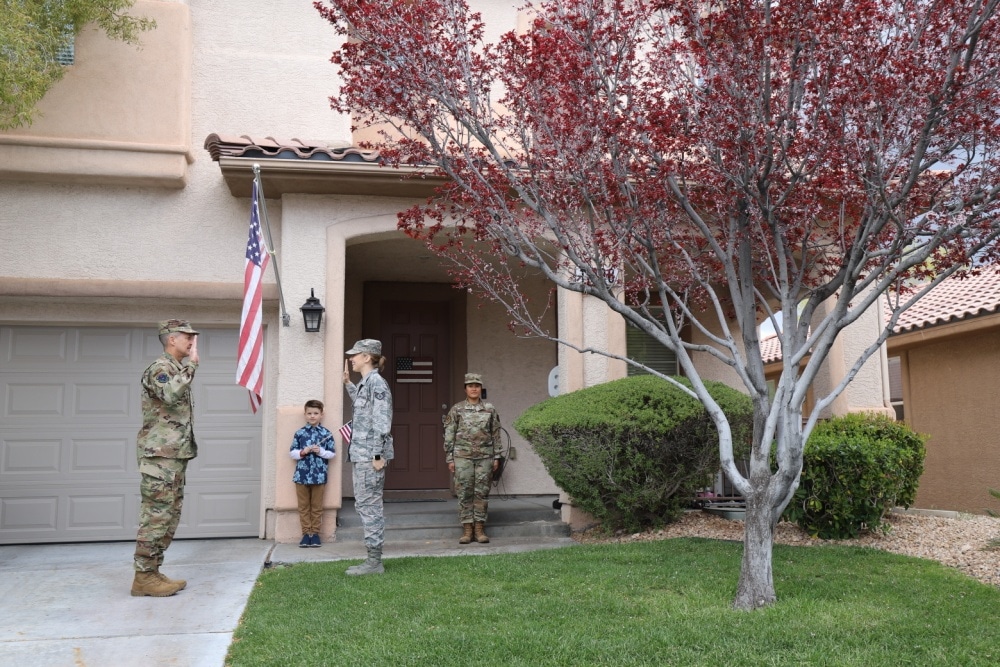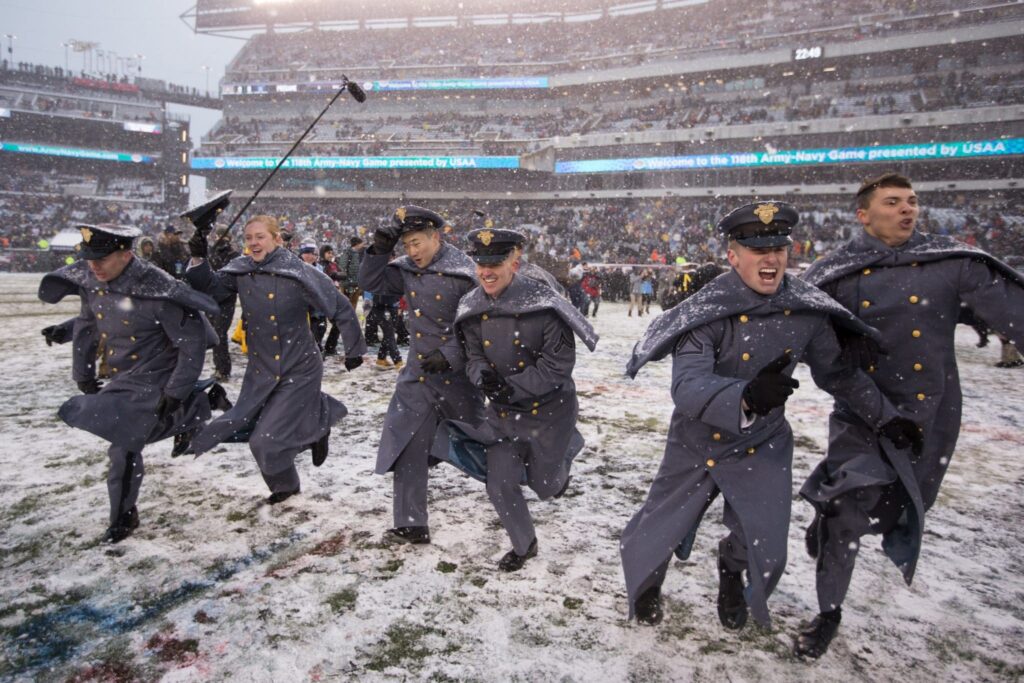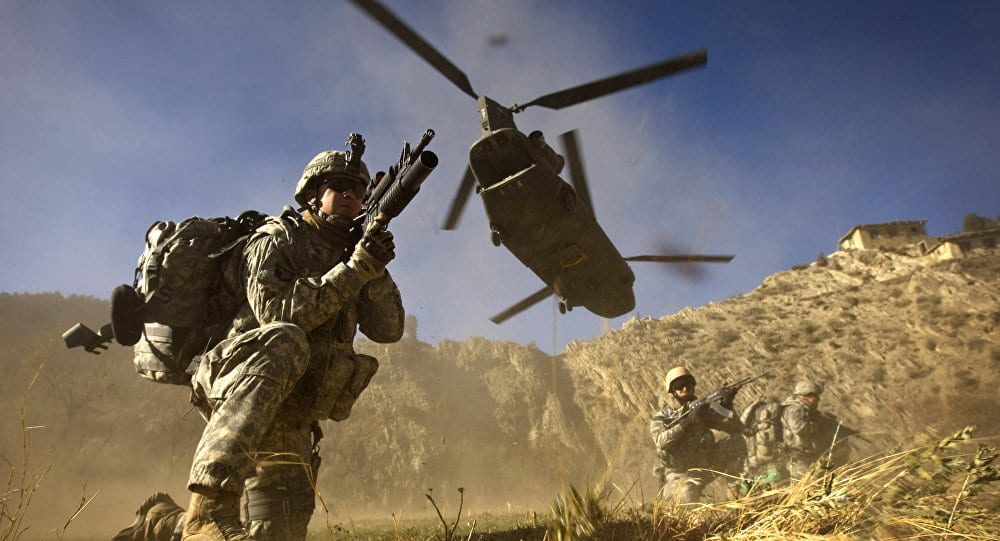
- The App
- Sandboxx News
- Resources
Learn
- Company
About
Become a Partner
Support
- The App
- Sandboxx News
- Resources
Learn
- Company
About
Become a Partner
Support
The Air Force Reserve is 72 years old this year. On April 14, Air Force Reserve personnel will celebrate the birth of this military component...

The Air Force Reserve is 72 years old this year.
On April 14, Air Force Reserve personnel will celebrate the birth of this military component formally established by President Harry Truman in 1948.
In recent years, the Air Force Reserve has played a critical role in the success of the Air Force mission. Most recently, the president signed an Executive Order for Air Force personnel like medics to assist with COVID-19 support.
Even as the youngest of all the Reserve components, the Air Force Reserve personnel stays busy — including taking on about 20 percent of Air Force work.
Today, we celebrate the dedication and unique work that can only be carried out thanks to the birth of the Air Force Reserve.
The need for an air reserve dates back to the Preparedness Movement and the National Defense Act of 1916. The act authorized the official Organized Reserve Corps.
The Reserve Air Power units began serving in 1916 with the first unit deploying to France in 1917 during WWI. While tiny, they were mighty and the number of “Citizen Airmen” doubled in size from 1939-1941.
President Truman wanted a similar program to continue on permanently where Reservists were always on standby.
As a result, the Air Force Reserve was born on April 14, 1948.

Today, the Air Force Reserve is well-stocked with individuals interested in a part-time military role. Although it may be a partial military role, the motto of this military component is, “Provide Combat-Ready Forces to Fly, Fight and Win.”
When you take a look at the Air Force Reserve snapshot, it’s impressive the amount of work these individuals are responsible for when it comes to global operations.
A look at today’s Air Force Reserve:
Additionally, as of the fiscal year 2019, the U.S. Air Force Reserve set four funding priorities: Mission, manpower, military construction, and modernization.

Like all of our military branches and components, the U.S. Air Force Reserve has a storied history and mind-blowing details that often get overlooked. Here are some interesting Air Force Reserve facts you should never be without:

What better way to say happy birthday to our country’s youngest reserve branch than by joining?
If you’ve always wanted to serve your country, you can do so without interrupting your current education or civilian career. The U.S. Air Force Reserve is always looking for new talent in a variety of fields.
Here’s a look at how it works:
Applicants without prior military service must:
Different considerations are made if transitioning from active duty or are an officer. Here’s a look at how enlistment differs for you if you’ve served before or have higher education:
Prior service
Officer
Interested in joining? Read more here on how to start your career with the Air Force Reserve.
Want to learn more about the U.S. Air Force? Check out our 9 Things You Didn’t Know About the U.S. Air Force post.
Feature image courtesy of U.S. Air Force. Photo by Lauren Kelly




